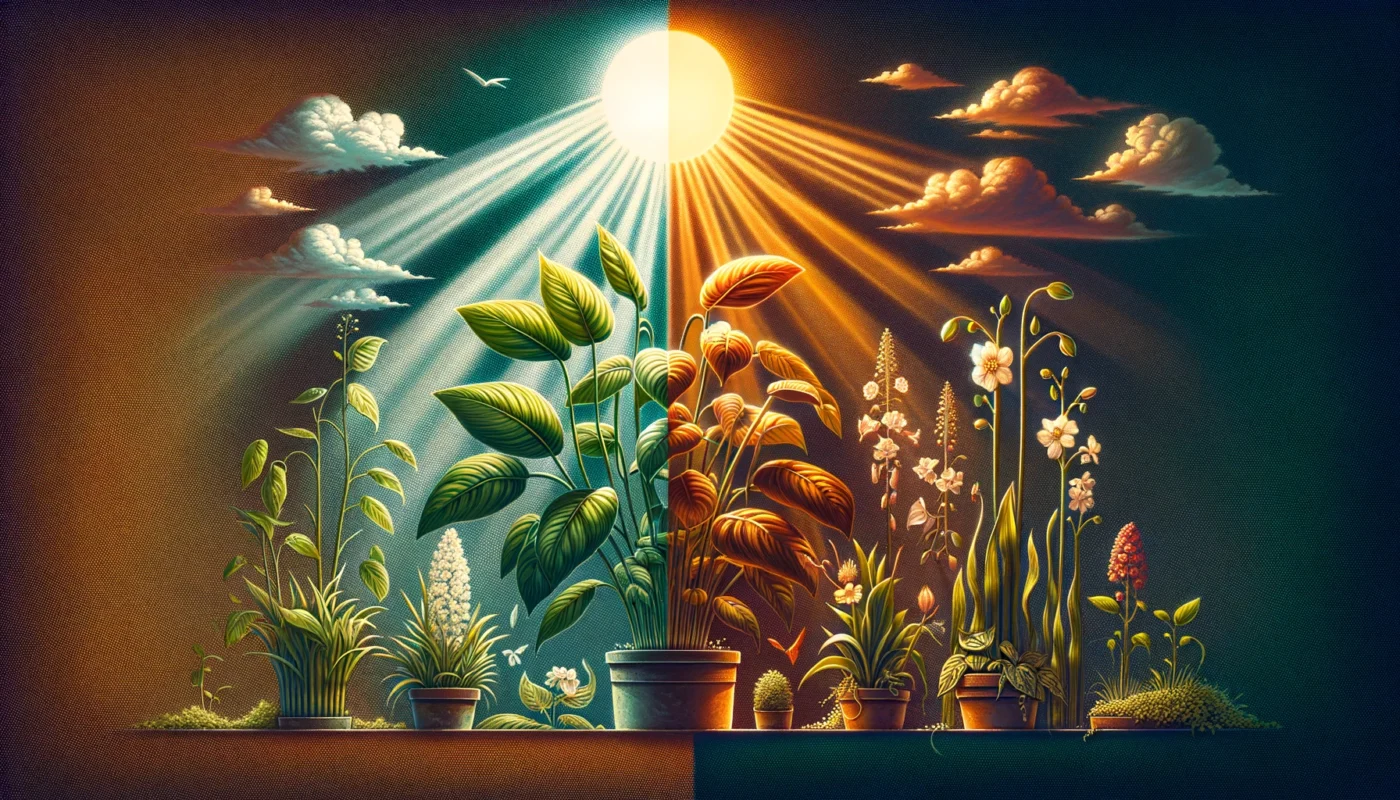Environment
How Long Should Grow Lights Be On for Indoor Plants
Growing any plant, involves understanding its lifecycle and how light affects its growth. Indoor plants have two main stages of life that require different light cycles: the vegetative stage and the flowering stage.
-
Vegetative Stage: During this stage, indoor plants grow only stems and leaves and need a lot of light to fuel this growth. The recommended light cycle is 18 hours of light and 6 hours of darkness (18/6). Some growers opt for 24 hours of light without any dark period, though this can sometimes stress the plant. The 18/6 cycle mimics the long days of summer and promotes healthy, vigorous growth.
-
Flowering Stage: This stage begins when the plant starts forming buds. To trigger and maintain flowering, Indoor plants require a light cycle that mimics the shorter days of autumn. The standard light cycle for the flowering stage is 12 hours of light and 12 hours of darkness (12/12). This shift in light cycle encourages the plants to flower and produce buds.
It’s crucial to maintain these light cycles consistently, as fluctuations can stress the plants, potentially reducing their yield or causing them to hermaphroditize (develop both male and female reproductive parts), which is undesirable for bud production.
In addition to the light cycle, the type of light used can also affect growth. Full-spectrum LED lights are popular among indoor growers for their efficiency and effectiveness across both stages of growth. Other options include High-Intensity Discharge (HID) lights, such as Metal Halide (MH) for the vegetative stage and High-Pressure Sodium (HPS) for the flowering stage.
Adjusting these conditions according to the plant’s stage of life and specific strain requirements can optimize growth and yield.


